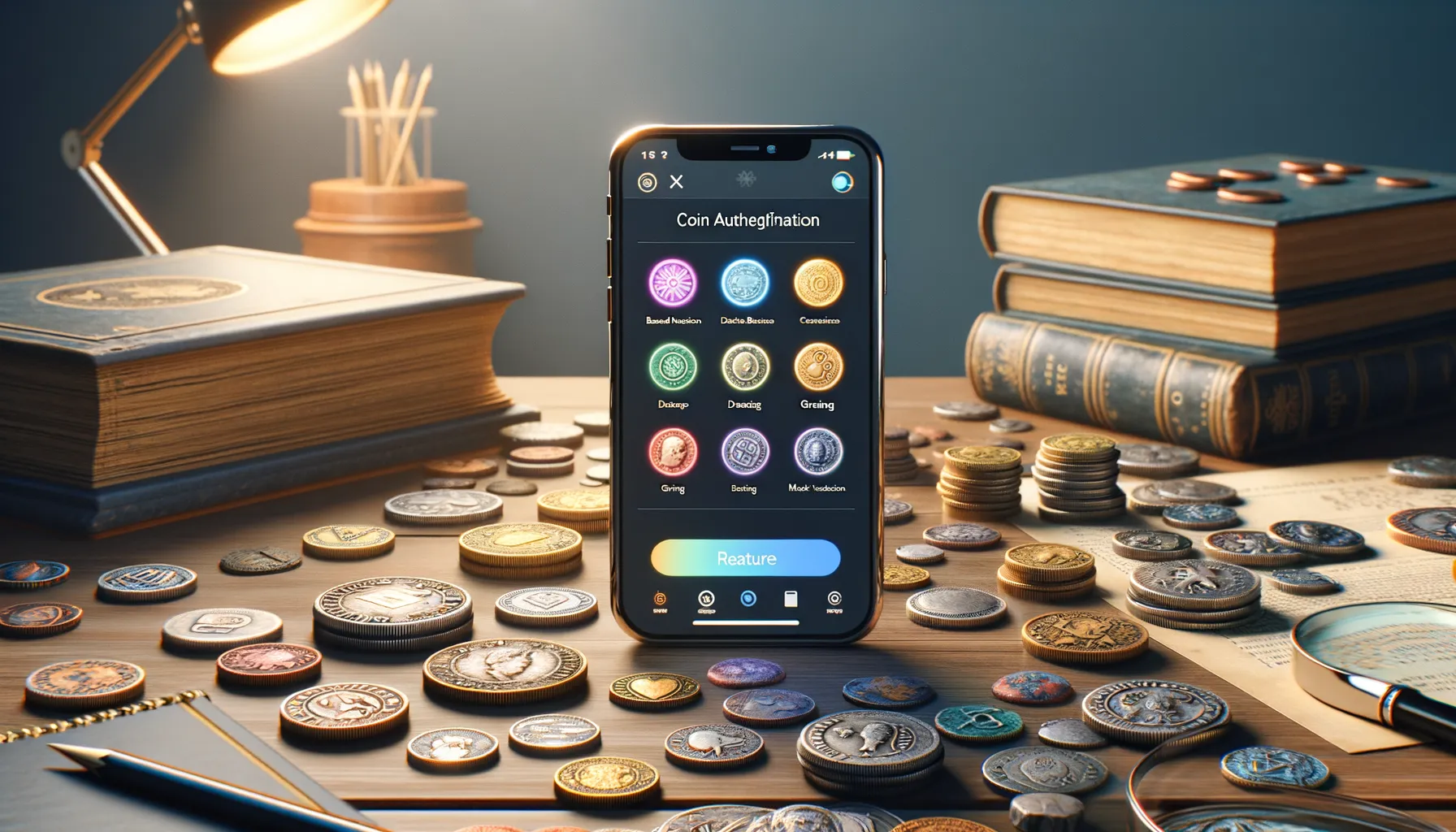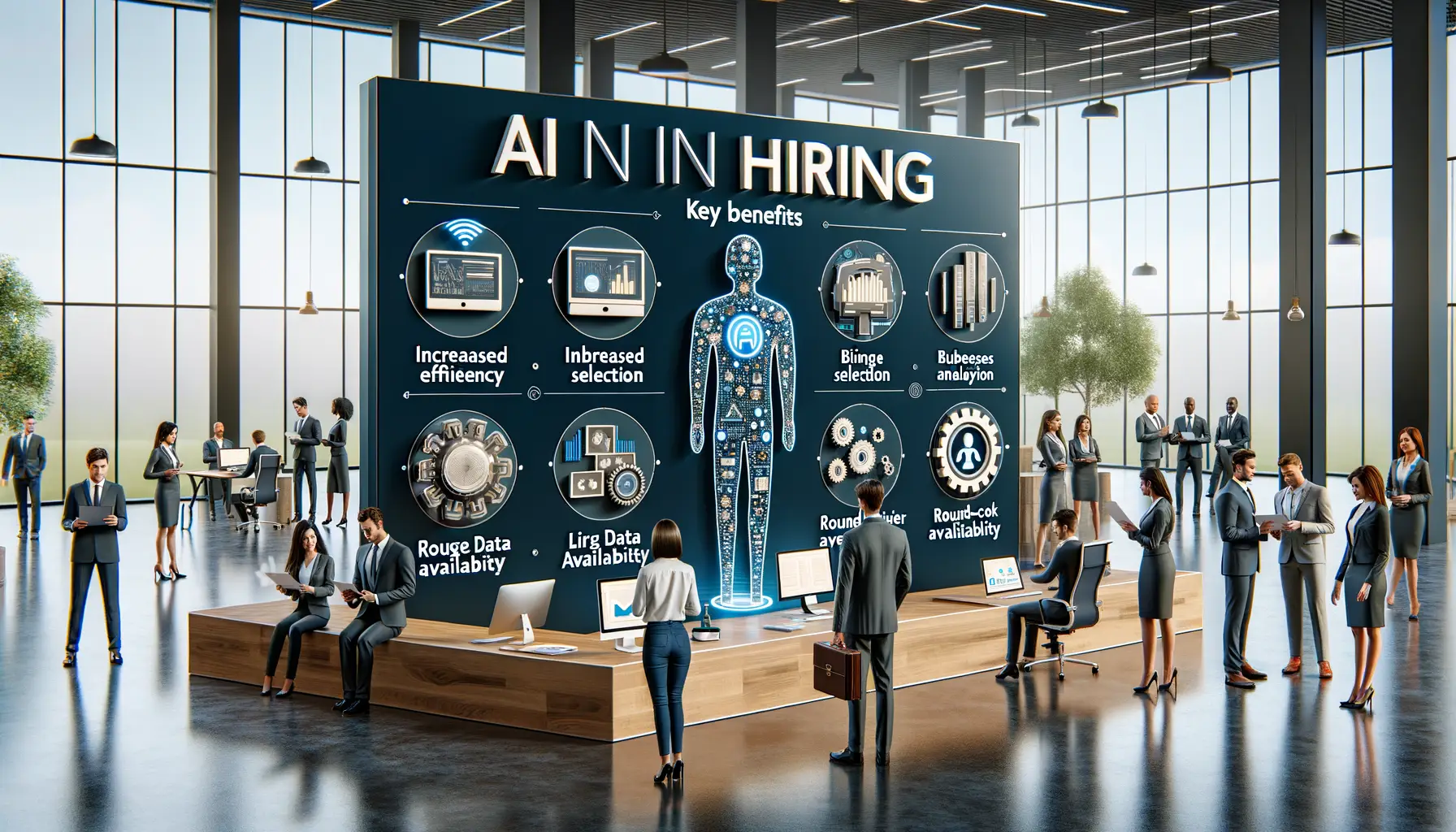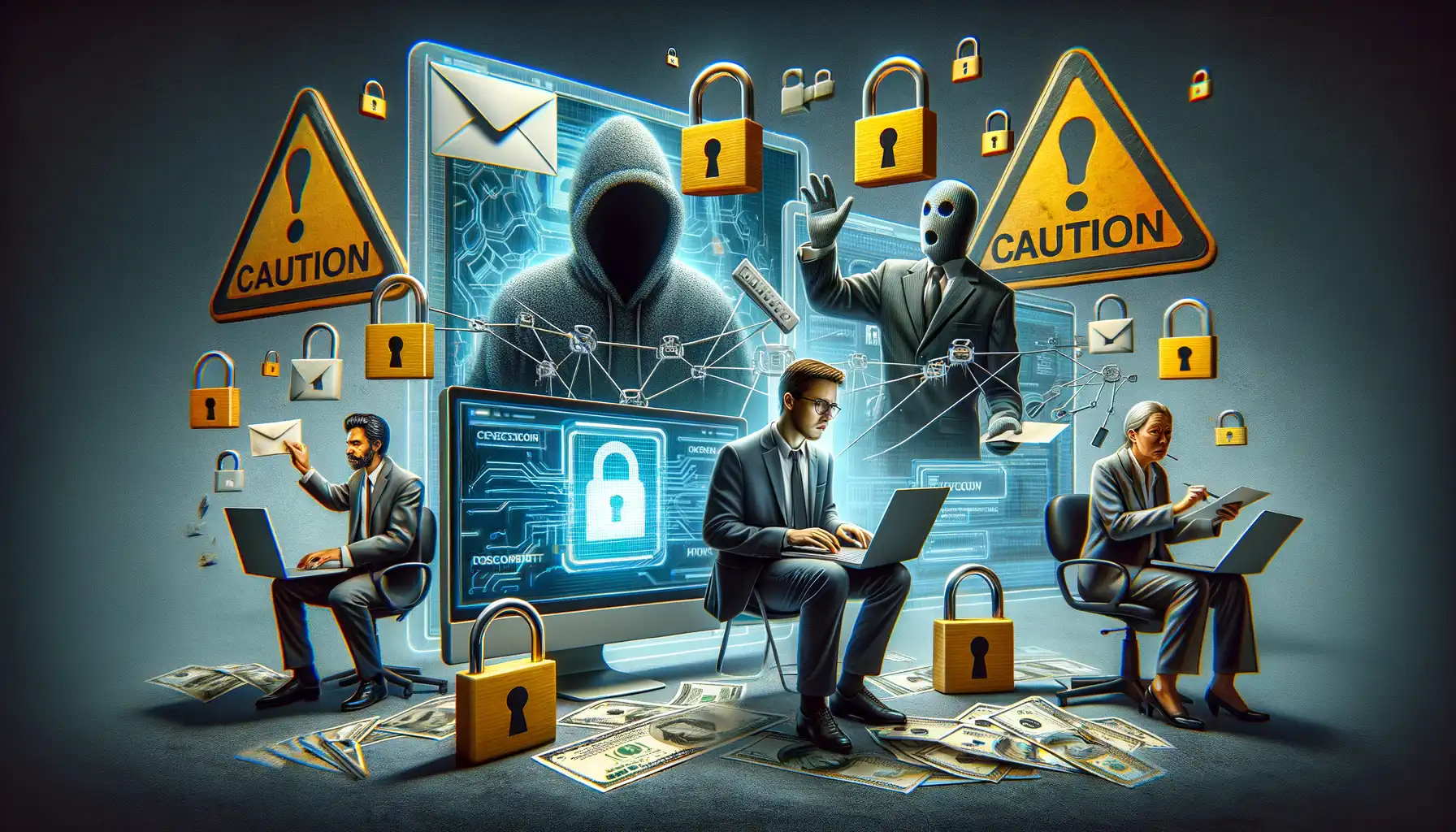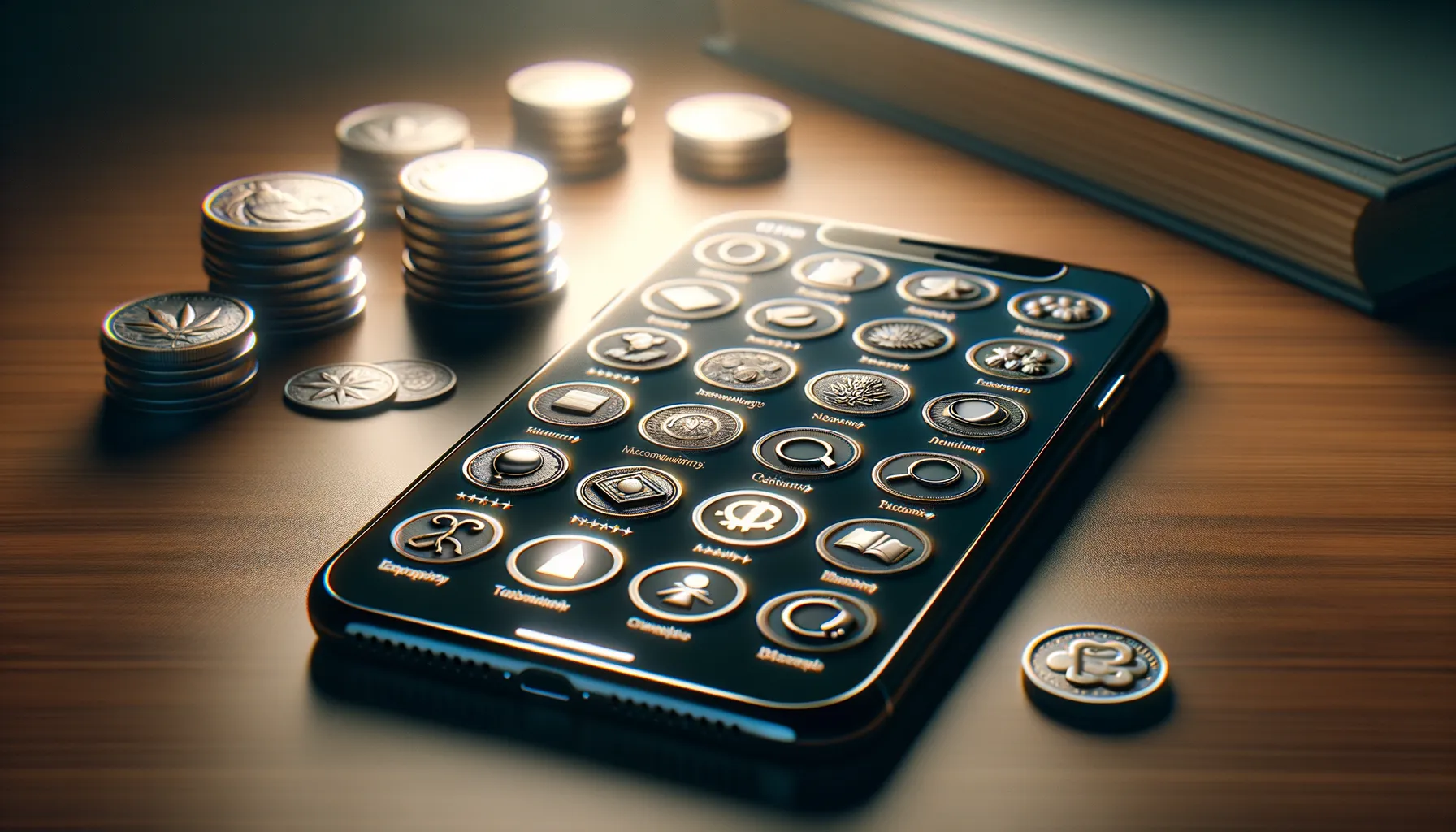The Role of Artificial Intelligence in Counterfeit Detection
Cracking the Code: How AI Spots Fakes
Imagine holding a rare, gleaming coin in your hand—its texture and design whispering tales of centuries past. But what if that coin is a masterfully created fake? Enter the world of Artificial Intelligence (AI), the digital detective that doesn’t miss a trick. With its razor-sharp precision and ability to process endless amounts of data, AI is revolutionizing how we sniff out counterfeit collectibles.
AI works like a seasoned numismatist with superpowers. It analyzes hundreds of factors in seconds—everything from minuscule engraving details to subtle weight variations. For instance, algorithms spot deviations in patterns or lettering that human eyes might dismiss as insignificant. What’s even more fascinating? AI compares these findings against vast databases of genuine coins, instantly identifying red flags. It’s like having Sherlock Holmes, but with a 24/7 work ethic and no need for tea breaks.
- Image recognition: Advanced systems dissect high-resolution images to find inconsistencies.
- Machine learning: Algorithms learn from past cases to refine their fraud-detecting prowess.
- Material analysis: AI identifies counterfeit alloys faster than you can say “numismatics.”
Whether it’s uncovering altered dates or catching impossible mint errors, AI ensures no detail goes unnoticed. It’s not just technology—it’s a game-changer, protecting collectors from heartbreak and preserving the integrity of the market.
Methods Used by AI to Identify Counterfeit Coins
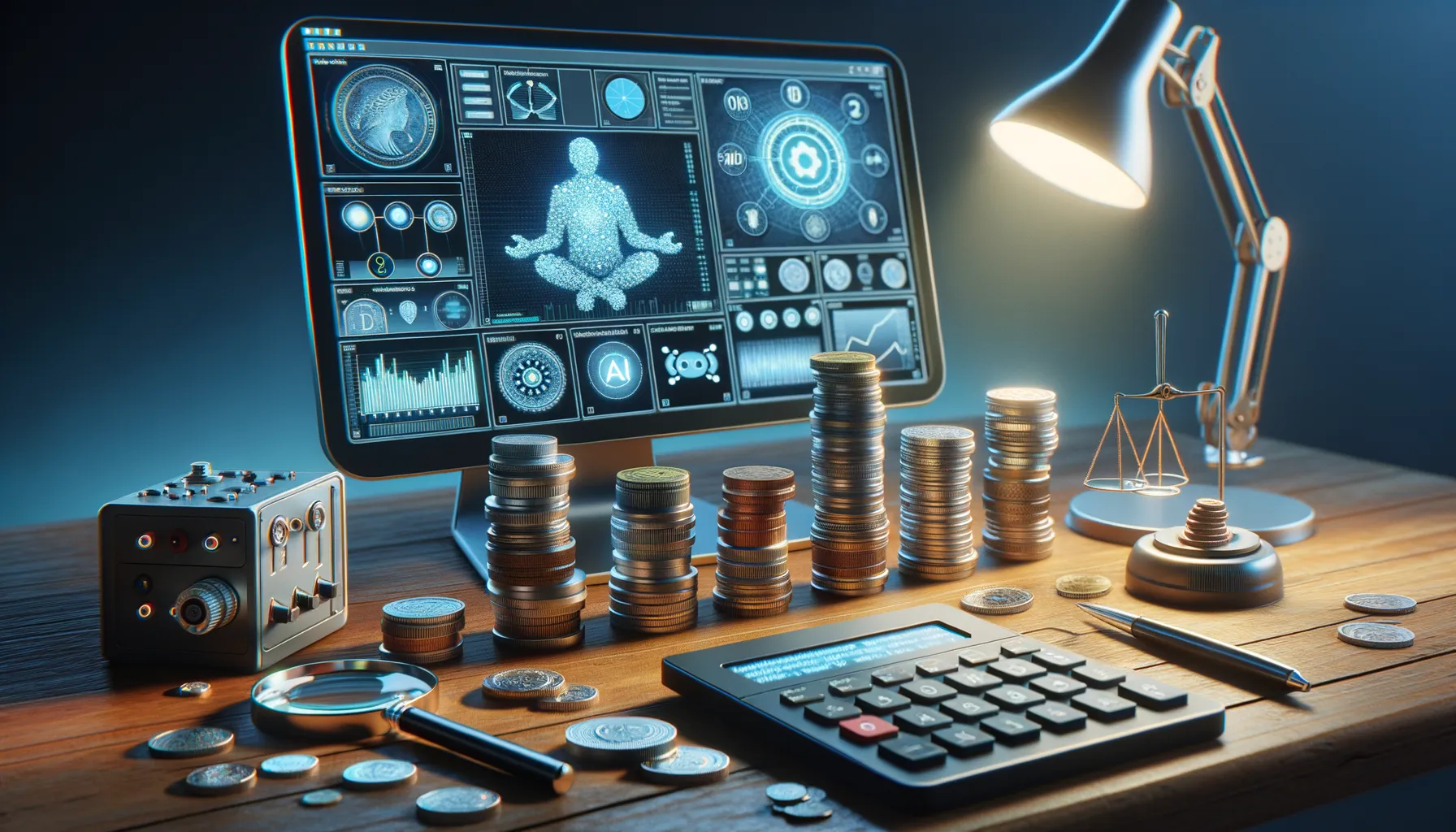
The Power of Image Analysis and Pattern Recognition
Imagine the intricate artistry behind a genuine coin—the fine etchings, the barely-there details that whisper stories of history. AI thrives on this precision. With advanced image analysis, AI systems meticulously scan coins under high-resolution cameras, identifying minuscule flaws invisible to the human eye. Counterfeiters might copy designs, but even the sharpest forgeries struggle to replicate the exact texture, micro-patterns, or metallic luster of the real thing.
AI compares each scan against extensive databases of authentic coins using pattern recognition algorithms. It’s like having an encyclopedia of numismatics at its digital fingertips. Whether it’s a slight misalignment in the lettering or a shade off in metallic composition, AI doesn’t miss a beat. And when time is money, this speed and precision are game-changers—detecting fraud in seconds.
Material Composition: A Dive Beyond the Surface
Here’s where AI gets downright forensic. By leveraging spectrometry data and machine learning, AI can “sniff out” the unique material fingerprint of a coin. Genuine collectibles often contain precise mixtures of metals—gold, silver, copper—while counterfeit coins frequently cut corners with cheaper alloys.
- Machine learning models analyze chemical compositions, cross-referencing them with known standards.
- Magnetism checks can uncover non-standard cores beneath flashy exteriors.
- Even the sound of the coin, when struck, becomes a clue in AI’s arsenal.
At its core, this isn’t just about spotting fakes. It’s about restoring trust and preserving history. Clever, isn’t it?
Advantages of AI Technology in the Numismatic Industry
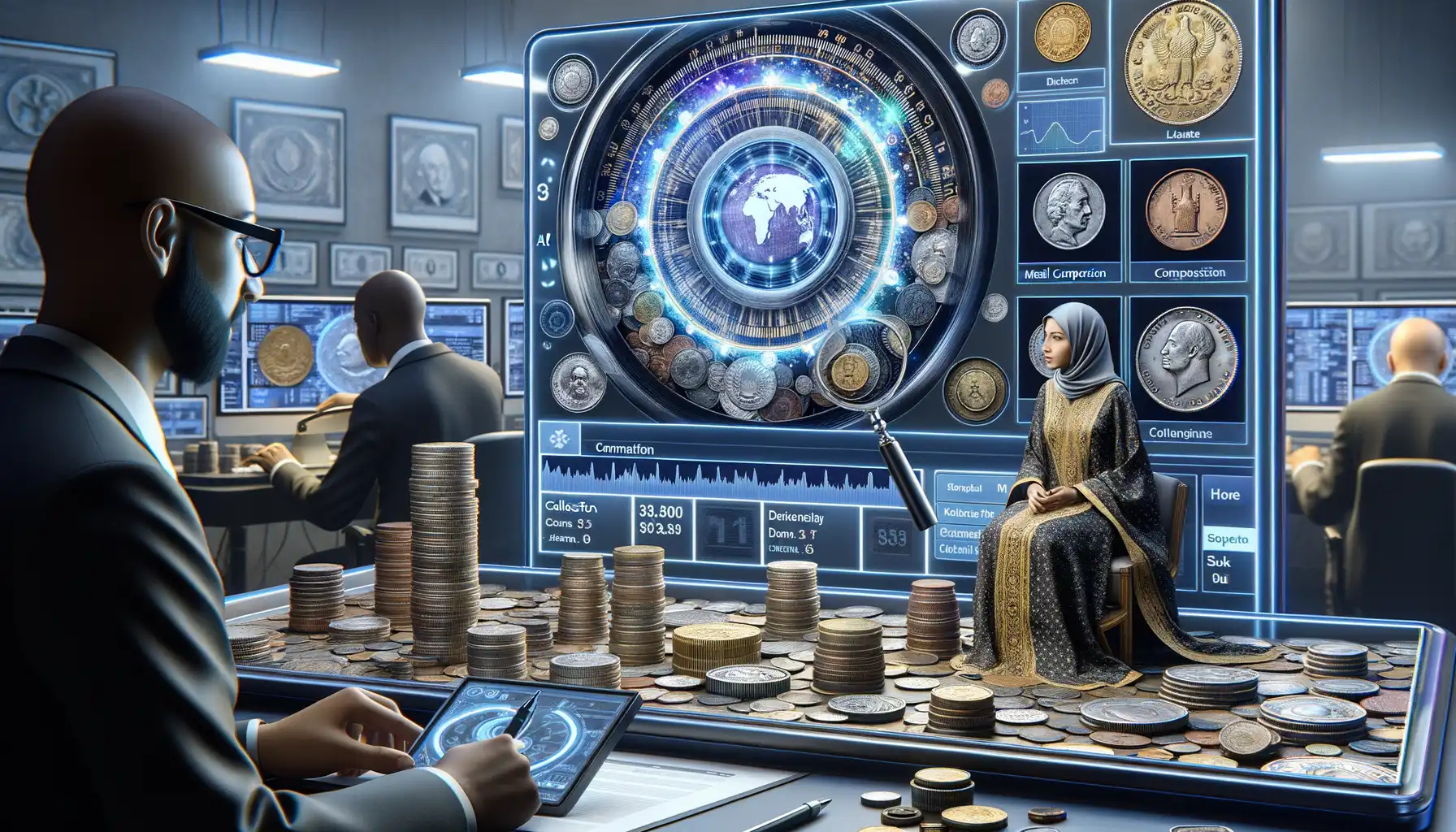
Revolutionizing Coin Authentication with AI
Imagine holding a rare coin in your hand, its edges glinting under the light—beautiful, historic, yet potentially *fake*. The numismatic world is no stranger to forgeries, but with the advent of AI technology, we’re entering a new frontier in authentication. Unlike traditional practices that rely on human expertise and magnifying glasses, artificial intelligence offers precision and speed that simply can’t be matched.
Think of it as having a tireless, all-seeing expert by your side. AI algorithms analyze microscopic patterns, study mint marks, and detect minuscule flaws invisible to the naked eye. The result? What might take hours—or even days—for a professional to verify now happens within seconds. It’s not just faster; it’s smarter.
- Consistency: AI doesn’t “get tired” or overlook details after hours of work. Every scan is as thorough as the first.
- Massive data processing: Systems can compare thousands of coins against vast databases, identifying counterfeit trends humans might miss.
Connecting Collectors with Unforgettable Insights
But AI isn’t just about spotting fakes; it’s a storyteller too. Picture an algorithm that dives into a coin’s history—the era of its creation, its journey through time—and connects collectors to its rich narrative. For passionate hobbyists, that’s not just useful; it’s magical.
And let’s admit it: coin collecting is an art and science combined. With AI-backed tools, even beginners can feel like experts. So whether you’re chasing ancient drachmas or modern proof coins, AI helps turn mysteries into facts, making every find a little more meaningful.
Challenges and Limitations of AI in Counterfeit Detection
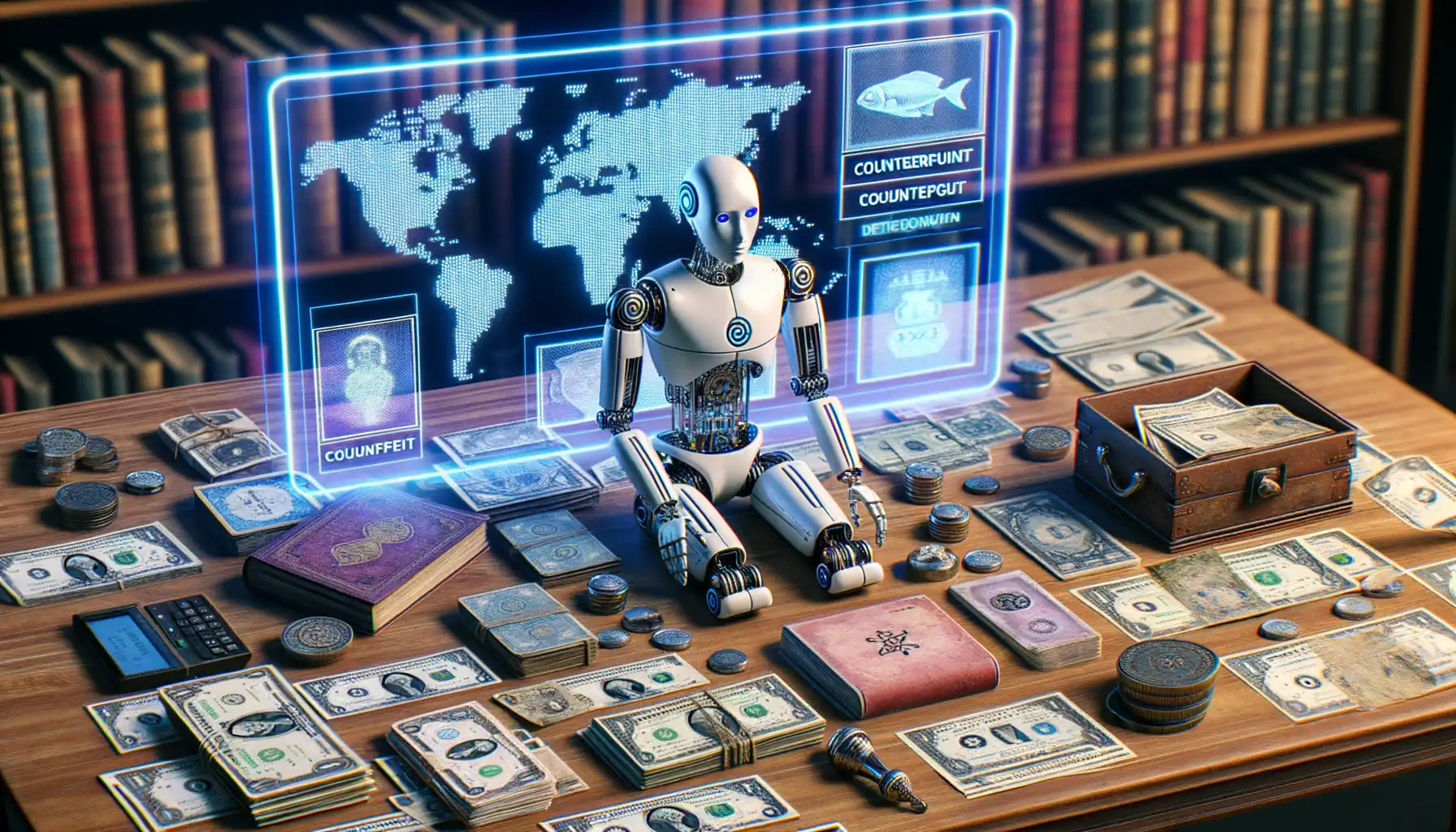
The Fine Line Between Precision and Error
AI, for all its brilliance, isn’t flawless. Imagine an algorithm scrutinizing a rare coin—pixel by pixel—only to flag ancient patina as a “defect” or misidentify a genuine, limited-edition minting anomaly as counterfeit. These systems, while advanced, sometimes struggle with context. A collector’s intuition, honed over years, might catch nuances that machine learning models simply can’t comprehend.
Challenges often arise when AI must distinguish between modern counterfeits, which are nearly perfect replicas, and authentic coins that have naturally aged. For example, a microscopic crack caused by decades of wear could easily confuse the system’s pattern recognition tools. Worse yet, subtle regional variations in older coin designs—think French écus versus their Belgian counterparts—could lead to frustrating false positives.
Data Dependency and Ethical Concerns
Here’s the crux of it: AI is only as good as the data it’s trained on. In the numismatic world, where certain coin types are so rare they’ve only been seen by a handful of experts, how can we expect robust AI training datasets? The scarcity of high-quality data creates blind spots that even the most sophisticated algorithms can’t overcome.
Moreover, let’s talk ethics. If AI becomes the gatekeeper of authenticity, who oversees the technology? Are we comfortable letting machine decisions influence the livelihoods of sellers and dealers? And what about unfair advantages—would large corporations dominate smaller players who can’t afford cutting-edge AI tools? Tough questions in need of answers.
Future Implications of AI for the Coin Market
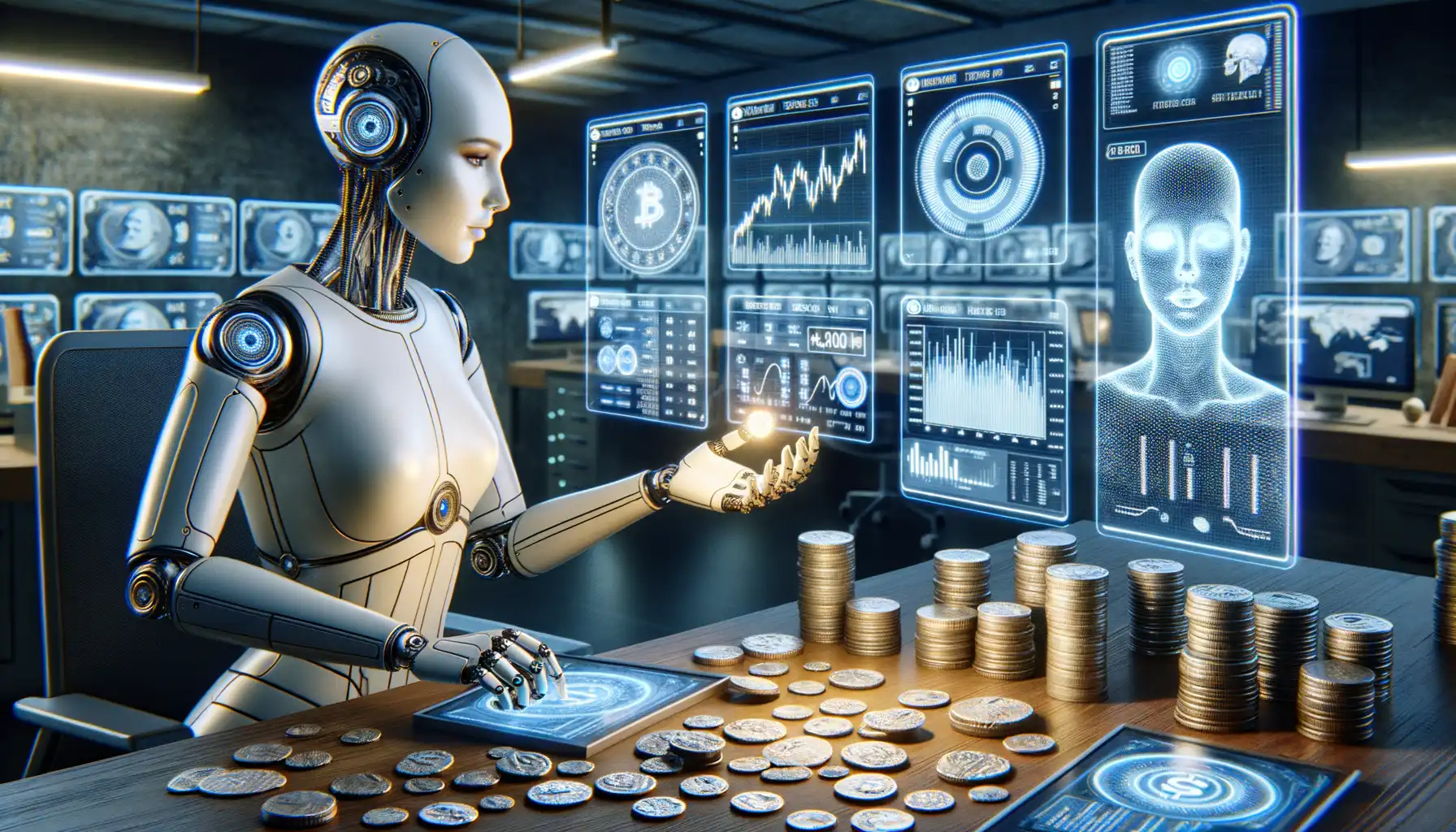
Transforming the Marketplace: AI’s Revolutionary Potential
Imagine walking into a bustling coin market. Collectors and dealers are exchanging stories, inspecting pieces under magnifying glasses, and debating the value of rare finds. Now picture this scene supercharged by the power of artificial intelligence. The future of AI in numismatics isn’t just a digital add-on—it’s a transformation that could rewrite the rules of the game.
For starters, AI-driven tools are poised to make trading safer than ever. Picture an app on your phone, analyzing the minuscule details of a coin’s surface in real time, confirming its authenticity with near-instant precision. No more sweating over whether that Morgan Silver Dollar is legit.
But it doesn’t stop there. Here’s what else we could see in the coming years:
- AI-powered rarity assessments: Imagine algorithms calculating how rare a coin is, offering unprecedented transparency in pricing.
- Global marketplaces: A collector in Tokyo could trade confidently with a seller in New York, with AI ensuring coins’ authenticity across borders.
The impact of AI is more than technological; it’s personal. It promises to turn today’s uncertainties into tomorrow’s opportunities.


